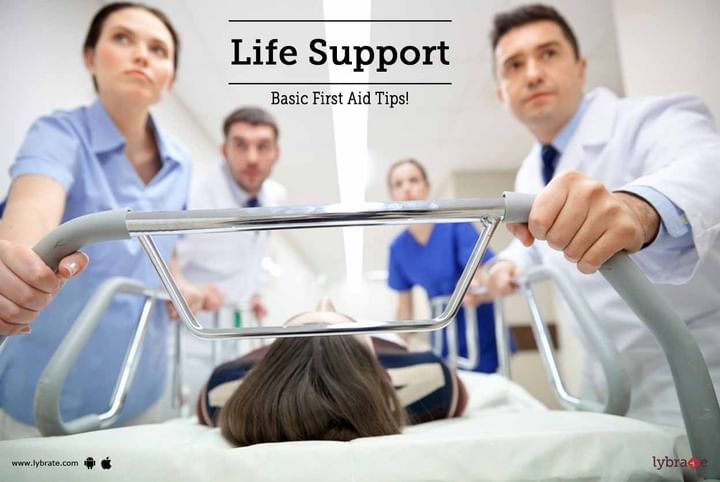Life Support - Basic First Aid Tips!
The first few minutes after an accident or fatal health condition such as a heart attack or stroke can be crucial to a patient’s survival. The first level of medical care that needs to be given to a patient before they can reach a hospital is known as basic life support. Basic life support can be given by paramedics, emergency medical practitioners or even a bystander and does not include the administration of medicines or any invasive procedures.
The first step to take, if a person around you has had a fatal accident is to alert people around you and call for a doctor. Do not panic and try to keep the other bystanders from panicking as well, lie down the person on the floor with his head slightly raised and chin tilted back. Ensure the safety of the patient and look out for danger from traffic, fire, electricity, gas or other environmental hazards. Check the person’s response by calling out to him or shaking him gently. Look over the person’s body for injuries and check to see, if the person’s airways are clear. Look out for gum, toothpick, undissolved medicines, etc. However, do not put your finger in the person’s mouth as this may push the cause of obstruction deeper into the person’s throat.
Place your fingers in front of the person’s nose and mouth to check for exhaled air. Chest movement can also indicate how well the person is able to breathe. If the patient can breathe, do not let him make any abrupt movements and wait for medical assistance. If the person is not breathing, check his pulse and begin chest compressions.
One compression cycle consists of 30 compressions and two recovery breaths. To perform chest compressions, kneel beside the person’s chest. Interlock the fingers of both your palms and place them on the person’s sternum. Ensure that your elbows are not bent and your arms are perpendicular to the person’s body. Press down on the person’s chest twice in rapid succession. This completes one compression. If after 30 compressions, the person has not started breathing on his own, you may give the person two rescue breaths. Pinch the person’s nose shut and cover their mouth with yours. Blow enough air in to make their chest rise. The compression cycle can be repeated five times after which the person’s breathing and circulation must be checked again. If you wish to discuss about any specific problem, you can consult a General Physician.



+1.svg)
